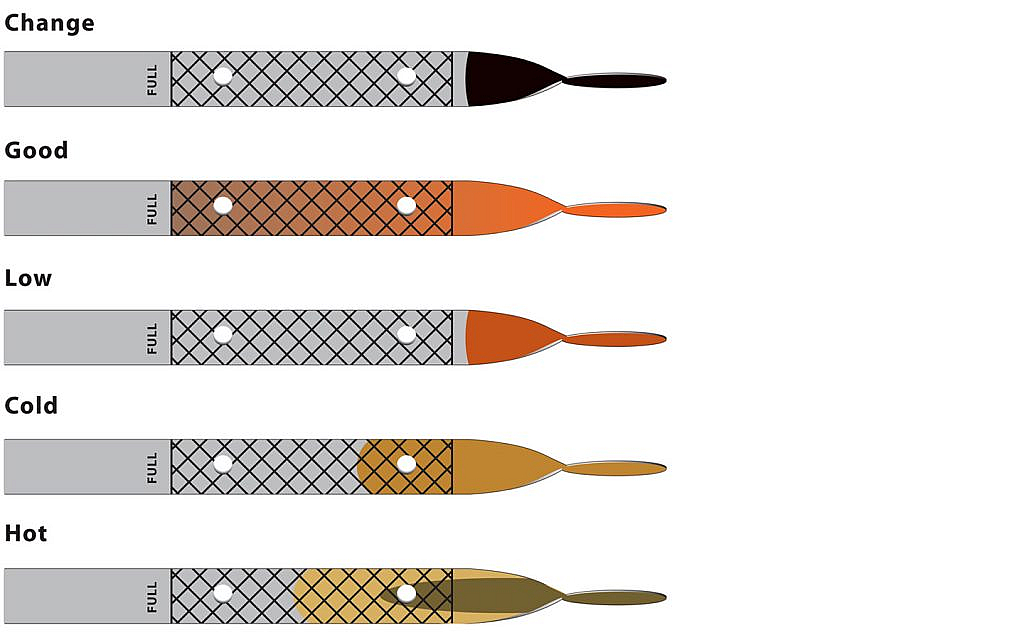Checking your engine oil regularly ensures that your car runs smoothly and prevents engine damage. Follow these steps for an accurate reading:
The oil level shouldbe checked either before starting theengine or at least 5 minutes after stoppingthe engine.
Pull out the oil dipstick, wipe-off oil with aclean cloth, insert the dipstick all the wayinto the engine, then remove it again. Theoil on the stick should be between theupper and lower limits shown on the stick.If the oil level indication is near the lowerlimit, add enough oil to raise the level tothe upper limit.


- Park on a Level Surface:
- Ensure the car is parked on a flat surface to get an accurate reading.
- Turn Off the Engine:
- Let the engine cool for 5-10 minutes to allow the oil to settle in the sump.
- Locate the Dipstick:
- Open the hood and find the dipstick, usually marked with a bright handle (yellow or orange).
- Pull Out and Clean the Dipstick:
- Remove the dipstick and wipe it clean with a lint-free cloth.
- Reinsert and Remove the Dipstick:
- Fully insert the dipstick back into its tube and then pull it out again.
- Check the Oil Level:
- Observe where the oil film ends between the “MIN” and “MAX” markings. The oil should be closer to “MAX” but not above it.
- Inspect the Oil Color:
- Fresh oil is amber. Dark or gritty oil may indicate it’s time for a change.
- Top Up if Necessary:
- If the oil level is low, add the recommended engine oil in small amounts and recheck the level.
- Secure Everything:
- Ensure the dipstick is properly seated and the oil cap is securely tightened before closing the hood.
Tips:
- Always use the manufacturer-recommended oil grade.
- Check the oil level at least once a month or before long trips.
- Do not overfill, as excess oil can damage the engine.
Regular checks help maintain optimal engine performance and prolong engine life.
